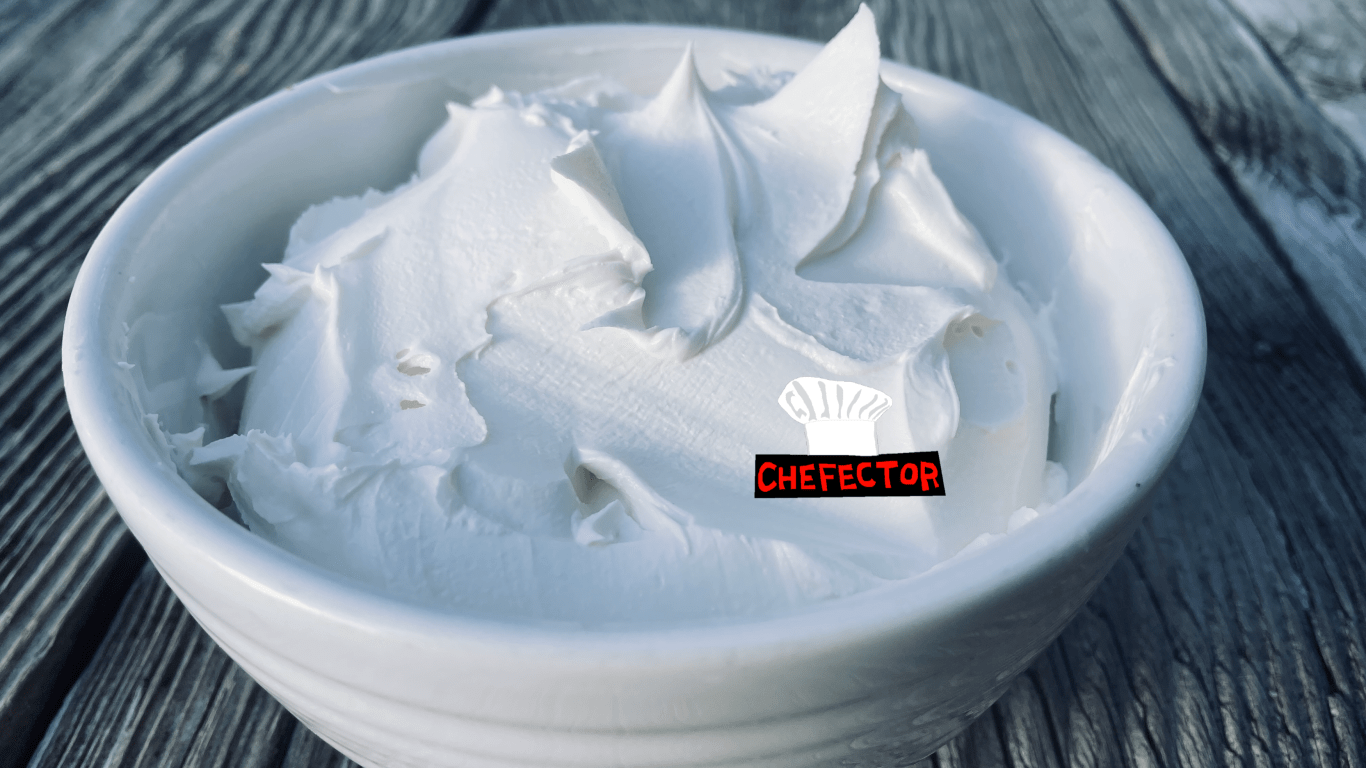I made mascarpone. I've been making simple cheeses: The pandemic has made me want, more than ever, to know how to do the stuff I typically outsource to the rest of the world, and I have been a vigorous habitual lifelong outsourcer of the making of cheese, which is a way of saying that I eat a lot of cheese. Mascarpone is a simple cheese, just about as simple as it gets, but velvety and delicious and indispensable.
What if I couldn't count on the world to make mascarpone, or ricotta, or paneer or mozzarella for me anymore? I would be up Shit Creek, buddy. Therefore it is necessary that I learn to make at least some cheese, at least the basic cheeses, while such knowledge can be acquired without having to fight off any clans of cannibal raiders who have laid claim to the ruins of the local library.
It's fun and nourishing to learn how to make the type of thing—cheese, or spirits, or credit cards, or whatever—you typically just purchase. At a time when it's harder and more fraught than it has been in generations to just go out into the world and share it with others, learning how to make cheese isn't just learning how to make cheese. It's also a way to feel a sort of indirect communion with other people—with people in general. To be part of, a connective node within, this thing that people have been figuring out and iterating and teaching for far longer than there's been the danger that you might get or transmit COVID from being near any of them, for far longer many times over than an ordinary person could opt out of the work involved and simply buy the product of those processes online and have it delivered to their house 10,000 miles away from where it originated. What is it like to do it? What's annoying about it, or rewarding; what might you think to warn the next person about, if you were teaching them how to do it, if you were building the next link in that chain? Well it is like this, more or less.
Let's make mascarpone. Ready? Let's do it.
Here are some things that you will need.
In the inedible division, you will need a pot. This pot should have a nice heavy bottom and must be large enough to hold a couple of quarts of liquid comfortably. You will need a big, fine colander and enough cheesecloth to cover the inside of that colander with a double layer; line the inside of the colander with a double-layer of it. You will need some kind of lid that can fit over the colander, even if it is just a big cutting board that you can set atop the colander. You will need a candy or deep-frying thermometer that looks, more or less, like this:

It does not have to have the little metal clip halfway up the stem, for clipping it to the side of the pot. To tell you the truth, this clip is a huge pain in the ass: Unless you are using an absolutely gigantic pot, it will hold the thermometer too low, and the tip of the probe will touch the bottom of the pot, giving you an inaccurate reading of the temperature of the liquid in the pot, and you will try to come up with the perfect arrangement whereby you clip it just lightly to the lip of the pot so that the probe doesn't quit touch bottom, but this will give it a wobbly and infirm grip on the pot so that every time you stir the liquid the probe shakes loose. This will drive you insane.
The alternative, so far as I can tell, again unless you have a gigantic pot, is to periodically insert the probe manually, which is to say holding it with your hand, and just hold it there until it gives you a reading, which it does slowly. This will be a problem as the liquid in your pot approaches the target temperature; you will need to know its temperature now and not 45 seconds from now.
I do have a gigantic pot! Unfortunately it is actually too gigantic: In order for a probe clipped to the lip of this pot to reach any liquid being heated in it, the either the probe would have to be two feet long or I would have to be heating like four gallons of liquid in there. This, as I understand it, is basically "the tyranny of the rocket equation" but for making cheese.
I suppose this is the moment where you recommend, or shriek at me that I should recommend, getting a reliable instant-read digital thermometer. These rock! I have one myself, one of the fancier ones, and it's great. These are pretty dang expensive compared to their analog brethren, though, and I cannot in good conscience say that you need one in order to make mascarpone when people had been making mascarpone for generations before they were invented. If you have a digital thermometer, it's great to use. If not, struggle with the analog kind. You definitely need some kind of thermometer, and not the kind you stick under your tongue.
What else? You will need a long-handled wooden spoon or something similar, for stirring the liquid that we will get to in just a second. And you will need some type of vessel or vessels that can contain what will likely be a couple pounds of mascarpone. I think that's all the inedible stuff.
As for the edible stuff: You will need a couple of quarts of cream. The heavier—that is to say, the higher the fat content—the better: The heavier the cream, the thicker and richer the mascarpone. Ideally this cream will be more than 40-percent fat, though in my experience that can be tough to track down at the kind of ordinary supermarket where the ordinary person does their ordinary grocery shopping. The heaviest stuff you can find at my local supermarket, for example, is 36-percent fat, and it yields a mascarpone that will not, within what I consider a plausible timeframe, get firm enough to, as an example, fill a cheesecake that can be cut into discrete slices. Nevertheless it will be delicious! If you can't find any cream heavier than 36-percent fat, you can still follow the instructions below and you will get something sticky and cream-cheesy and delicious out of it; it will just happen to be somewhat runnier than what you might buy in a tub.
Then there is also the issue of pasteurization. Of course virtually all of the dairy you find at the normal supermarket is pasteurized; some of it is even "ultra-pasteurized" for maximum shelf life and does not even need to be refrigerated to stay fresh for a month, which is sort of creepy when you think about it. Normal-pasteurized cream is OK but not ideal, here. Ultra-pasteurized, which has been heated to very high temperatures, denaturing all its proteins, is not OK: It will not behave the way you need it to behave. It will not make good mascarpone. Ideally you will be able to get your hands on some fresh unpasteurized cream for this, but also ideally you will cure cancer and master cold fusion and mail me a good check for one bazillion dollars; I recognize that this is not all that realistic. If the best you can do is regular pasteurized cream, that's fine. I've used it. It's fine.
The other thing you will need is some type of acidic liquid. This can be a couple of tablespoons of fresh lemon juice; if you are using this, go ahead and squeeze it (out of a lemon, naturally) into a small cup or bowl before you, uh, advance from this section of the blog. If you do not want to use lemon juice, you can use white vinegar. You can also buy powdered citric acid in packets online from cheesemaking supply companies; if you dissolve a teaspoon of this stuff in a quarter-cup of cold water, that will be enough for today's project. Frankly it's a lot easier to get ahold of a lemon or two, or a bottle of white vinegar. I do not recommend using any vinegar other than the white stuff; I do not recommend using the bottle of muriatic acid under the kitchen sink that you use for declogging drains; I do not recommend using lysergic acid diethylamide, for what I regard as obvious reasons.
That's it! That's all you need. Let's make some mascarpone.
Pour your cream into your big pot. Go ahead and try to clip the thermometer on there. Go ahead! Be my frickin' guest, buddy! You're wasting your time! Get the pot going over low-medium heat on your stovetop. OK, this next part is going to suck pretty bad.
The thing is, you need to heat this cream to 85 degrees Celsius (185 degrees Fahrenheit). That's going to take a while, because you have to do it slowly, because otherwise it will scald on the bottom of the pot and soon there will be black flecks of burnt cream grodying up the cream and making it taste bad. But also you have to stir this stuff, if not quite constantly then at least frequently enough that it might as well be constantly, because this will help it to heat evenly, which again prevents scalding and ensures that all the cream will behave the same way when you add the acid to it later. So you are not going to go anywhere for a while. You are just going to stand next to this damn pot, stirring it and checking its temperature, for a while. That sucks and I am sorry. On the other hand nobody held you at gunpoint and forced you to make mascarpone, or in any case I didn't, which is what matters.
Eventually that cream is going to reach the target temperature, hopefully not while you are in the bathroom, and hopefully not because the ballooning sun has heated everything to that temperature on its way to devouring Earth. Lower the heat on the stove so that the temperature in the pot remains steady instead of continuing to climb, and keep it there for five minutes, continuing to stir. Now stir the acid into the pot. And then, uh, continue stirring. Stir and stir and stir, for five straight minutes. It's fine for you to observe, at this point, that really this whole deal is just a lot of stirring. It really is.
A funny thing will happen while you stir. At first it will seem, in fact, as though what is happening is nothing at all. This can be unnerving if you've ever made paneer or ricotta or mozzarella, or really any other cheese made with whole milk rather than extremely fatty cream, and are now making mascarpone for the first time: What you are used to happening when you add the acid is the milk pretty much immediately and visibly separating into translucent, green-tinted whey and semi-solid clumps of curdled milk. That will not happen here, because of the fat content: The cream congeals rather than curdling.
It happens very slowly, though, slow enough in fact to seem as though it is not happening at all, and there may be minutes where you are like Shit, I must have done something wrong, this is just a pot of hot cream. How could I have screwed this up when there are only two ingredients and there have only been at most like three distinct steps so far? God I am a fucking bum, why do all my efforts come to this? I wish I was never bo—and let me stop you right there, George Bailey. You are not doing anything wrong at all! This is just how cream acts. After, oh, like three minutes, you will start to notice that the cream is coating the spoon more thickly than before, and lingering longer. This is not because it is evaporating; this is because it is, in fact, congealing, just like I damn said it was gonna.
Take the pot off the heat after those five minutes of stirring. What is happening now is, as the mascarpone cools and continues congealing, it will separate from some of the water the cream originally had in it. Some of that water content will escape as steam; some of it will just be water sorta trapped in there with the nascent mascarpone. Let the pot cool for, oh, I dunno, maybe 20 minutes?
Now, pour the thick creamy liquid into that cheesecloth-lined colander (over the sink or over a large pot so that it does not drain onto someplace it shouldn't) and put that lid over it. This is another one of those places where nothing much will seem to be happening: So far as you can tell, after a few moments it will appear as though nothing is draining out of the colander. Not so! It's just happening very slowly. Everything about this is happening very slowly. The good news is, that's basically the end of the "doing things" portion of this procedure.
A cool thing to do now is to take this colander, with the lid on it, and place it somewhere not quite freezer-cold but cool. I promise I did not intend to be making a pun when I said that this was a "cool" thing to do. I meant "cool" as in, like, "smart" or "wise." But of course it is also "cool" as in "a lower temperature than what's normal in a room that is comfortable." If you can suspend the colander over a big bowl or pot so that it doesn't drain onto the floor or ground, you can put the colander in the fridge, or outside on a balcony on a cold day (so long as it's not subfreezing out there), and leave it for a while. As the mascarpone cools and drains, it will thicken; if you can convince yourself to leave it alone for four hours or longer, it will achieve a thick and sticky state that you will need a silicone spatula to scrape out of the cheesecloth and into that vessel I mentioned 11,000 paragraphs ago; a state recognizable as something you could, say, spread on crusty bread, rather than something you would pour into a cup. Mascarpone! It's mascarpone now. Let's talk about what you can do with it.
Of course mascarpone goes into tiramisu and cheesecake and various cream cheese frostings and so on; all of those are their own recipes and you are free to seek them out if you want. What I recommend you do for now, and particularly if your mascarpone is still pretty loose and creamy in texture, is to combine some of it with some lemon zest and lemon juice and the teensiest little drip of good vanilla extract and just a little sugar or brown sugar or honey, and eat it with berries: Dip the berries into it by hand and eat them, and make the pinched fingers gesture and say molto bene and che bella very ridiculously, like an absolute fool or doofus. This will be a good time. Take my word for it, and pass it on.







